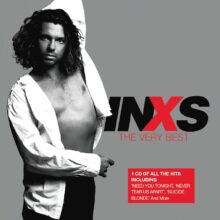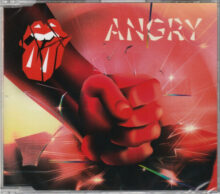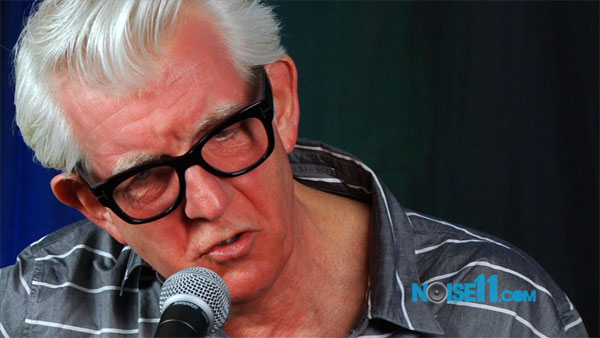The forthcoming closure of Australian music retailer Sanity tells more about the music industry than the Sanity business.
Since the introduction of downloads and then streaming, music retailers have become a burden to the multinational record corporations. Physical releases mean labels have manufacturing costs, distribution costs, 30/60/90 day accounts and returns.
Downloads and streaming eliminates those burdens and makes labels more profitable. It becomes a choice about Quantity or Quality.
Sanity is in many ways the McDonalds of records stores. The stores target the “fast food” music consumer after a quick Swift, Buble, Sheeran or Bieber more so than the serious music fan after a rarer collectible.
There really is no “hard to find” at Sanity unless it had been sitting on the shelf for a decade. Stores like Greville Records in Melbourne and Songland in Canberra attract the serious music consumer.
Sanity stores were located in mainly high traffic consumer areas and located outside urban centres, concentrated in outer suburban and regional areas. Sanity lacked depth for the serious music consumer. Personalised and customised tastes were often overlooked with chart hits taking up most of the instore real estate.
That served a purpose for labels after Quantity but when those same labels started to produce less, slashed catalogues and run out of stock of new releases after an initial order, consumer confidence dropped.
That effected a chain like Sanity more so than a Greville or Songland. The chains ordered volume while the specialist stores curated their itineraries.
The conversion of the under 40 demographic to digital started around 20 years ago. It is true to say that music industry business interests have taken priority over the needs of the consumer base. The record industry deliberately went for quantity over quality by sacrificing the higher cost higher quality physical disc for the disposable low quality digital stream. Since the major labels became multinational corporations, the accountants have been making the decisions and those decisions have been about the bottom line. A 20-year-old 20 years ago conditioned to digital is a 40-year-old today. The demographics work against a physical business model unless the model is about curation.
We saw the initial deterioration with the abolition of the physical single. When the single, the trophy of the teen demographic, was abolished, kids were forced online. They had no reason to go to a store. That meant the lower end consumable disappeared and customers had no incentive to visit stores. The demographic of the record store consumer immediately shifted upwards. 20 years on, the customer base is now around 50+. What has held the trend down is the rebirth of vinyl but even that isn’t turning the industry around. In Australia in the week leading into Christmas, you could easily have a Top 10 record on less than 400 sales national. On the CD chart you were number two last week on less than 500 sales.
The fast-food Sanity formula could not survive on those numbers. They either had to A: change the model or B: close up. They chose B.
It is appropriate that Bruce Springsteen’s current album is called ‘Only The Strong Survive’ and that the Grevilles and the Songlands are the survivors.
The closure of physical stores over past two decades has been the ultimate music reality show. Look at Amoeba in America, an iconic music store than has grown bigger with the extinction of the Virgin Megastores and Tower Records chains.
The departure of Sanity is not all bad news for industry. Only the strong will survive. However, it is bad news for the consumer. It is bad news for people outside of the major urban areas and it is bad news for the elder music fan in regional areas who isn’t as online savvy and now has nowhere to go.
We are where we are today because the industry drove us here. It is such a joke that an industry so desperate to generate a more profitable business model still uses its outdated, innacurate ARIA chart to “sell” success to the consumer.
With less retail, there is less credibility in the ARIA chart. That has long passed the point of useless, like the manipulated ARIA Awards also used to market product each year into each Christmas.
The majors got what they wanted. Bigger profits for less costs. In doing so though, just shut down the ARIA chart as well. It is pointless. It is embarrassing.
Stay updated with your free Noise11.com daily music news email alert. Subscribe to Noise11 Music News here
Be the first to see NOISE.com’s newest interviews and special features on YOUTUBE and updated regularly. See things first SUBSCRIBE here: Noise11 on YouTube SUBSCRIBE
Follow Noise11 on Social Media
You’ll discover music news first following Noise11 on Twitter
Comment on the news of the day, join Noise11 on Facebook


















